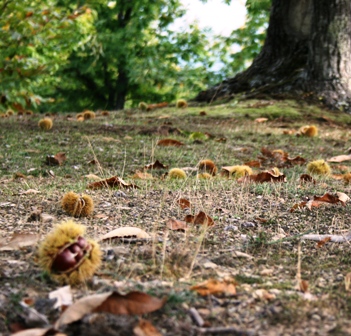
Surely the best way to get to know the "God’s little valley" is to walk, without haste, along the numerous paths and roads that cross it, entering the woods. The woods of Caprese are not wild forests. For centuries they have been frequented and lived by the local population, who have left the signs of this anthropization: ancient cobbled streets, chestnut dryers, shelters for woodcutters, churches and shrines. Equipped with a map of the trails you can make numerous excursions, on foot or by mountain bike, or even simple walks, through the woods. Despite its variety of scenarios, in fact, the territory of Caprese is not very large (66 sq km ) and, therefore, almost all the itineraries can be covered in half a day or even a few hours. The paths or the ancient roads that go into the forest, then, start directly from the main hamlets such as Manzi, Caroni, San Polo, Ponte Singerna, Lama, Fragaiolo and Samprocino.
Servizi disponibili:




The map:








 Home
Home